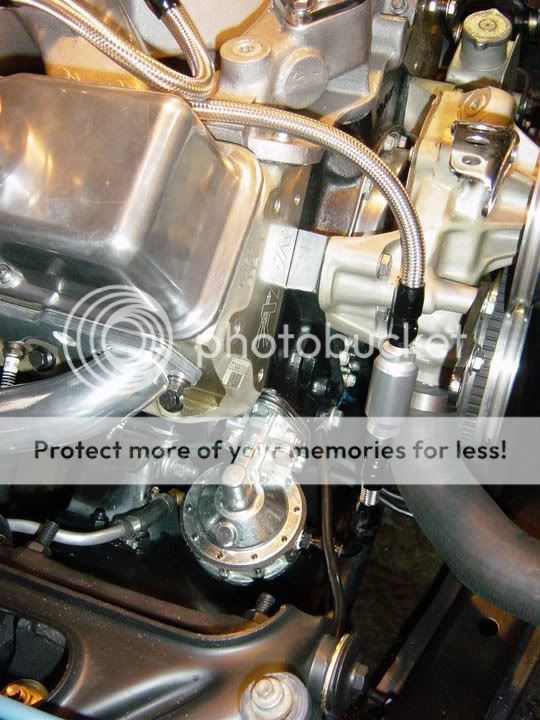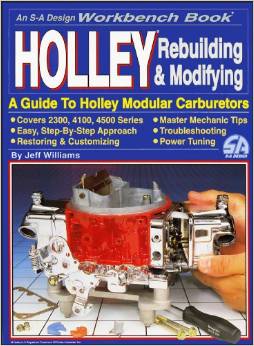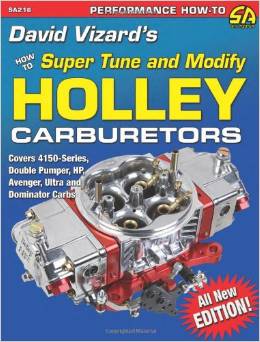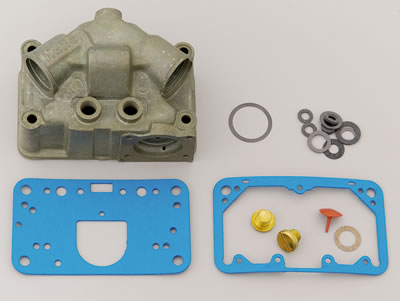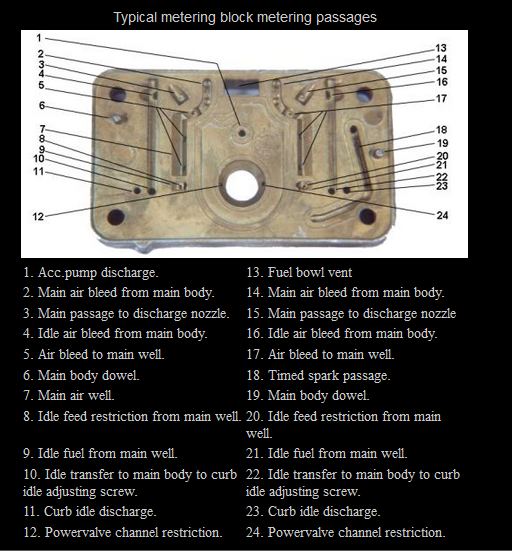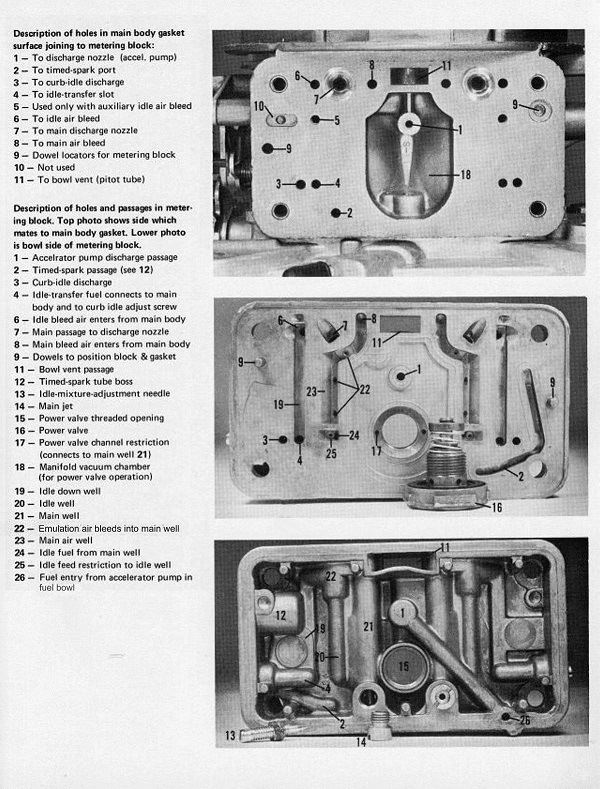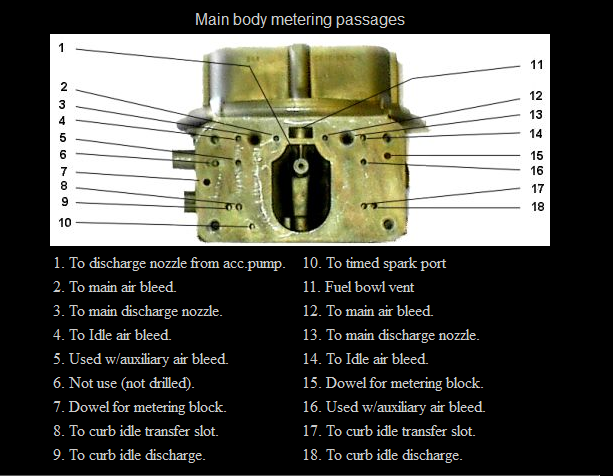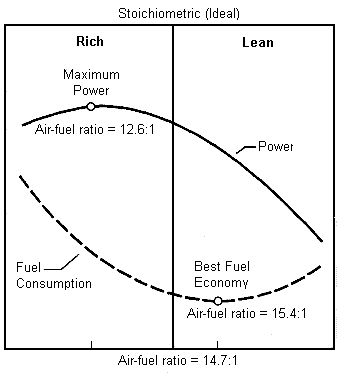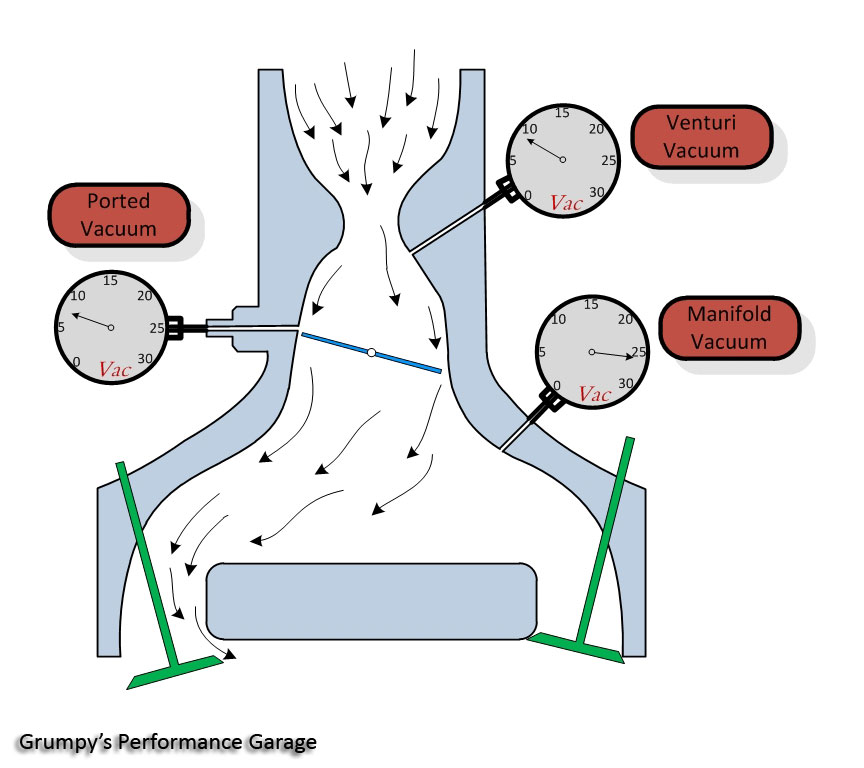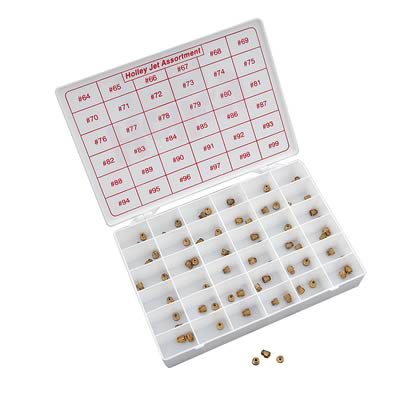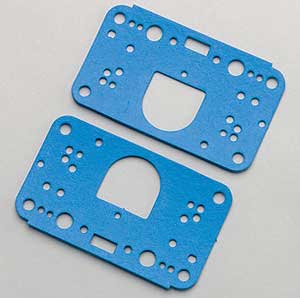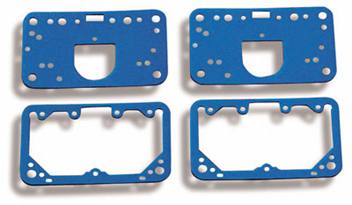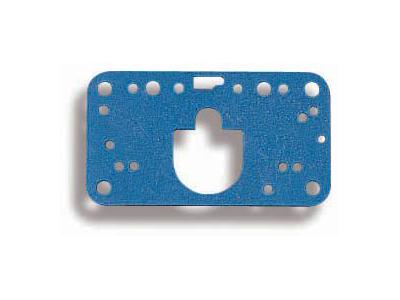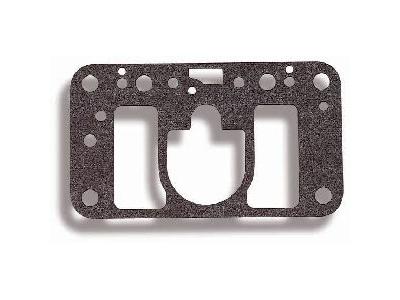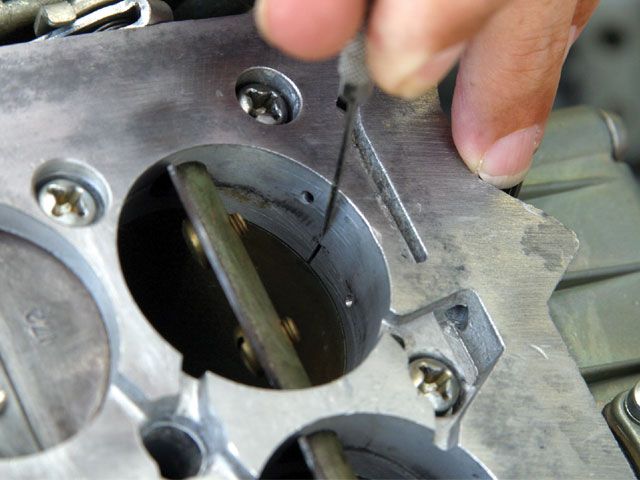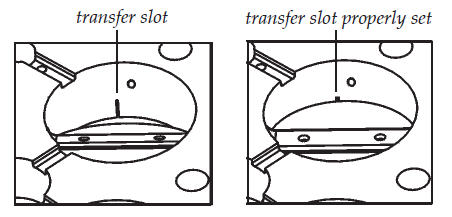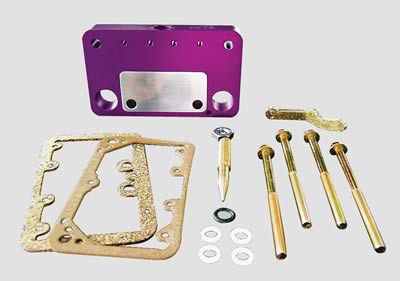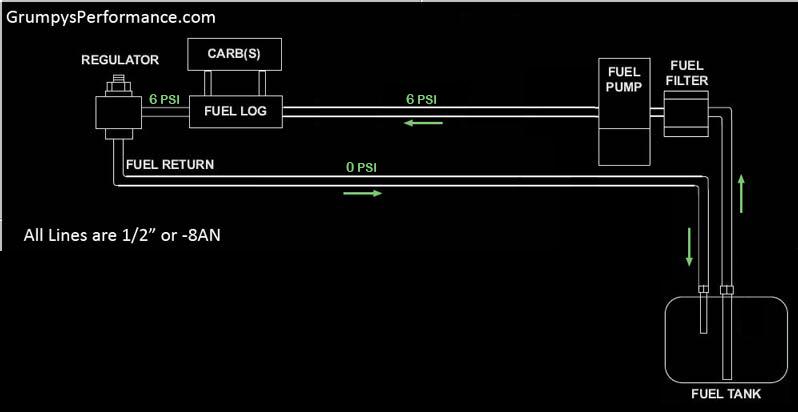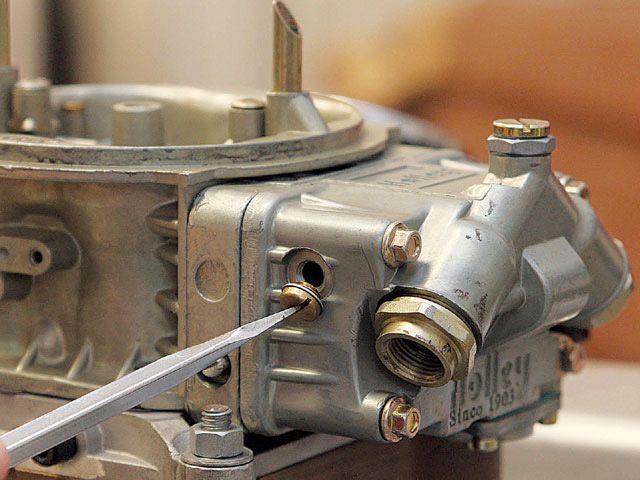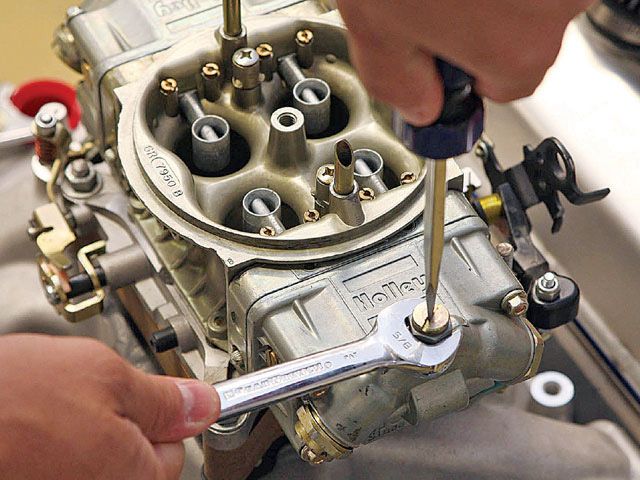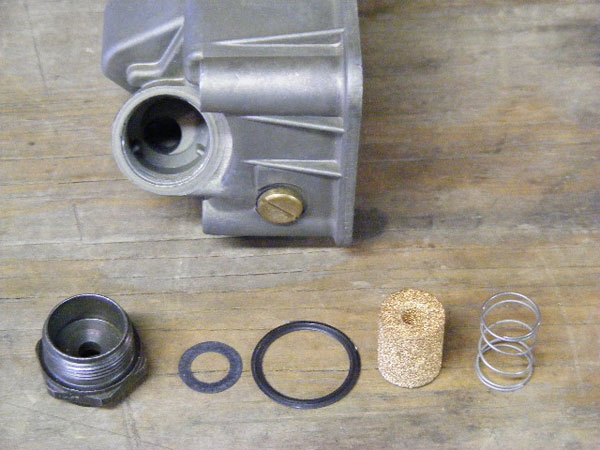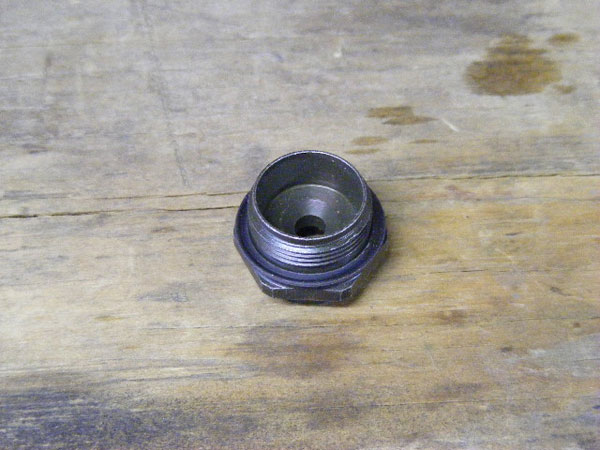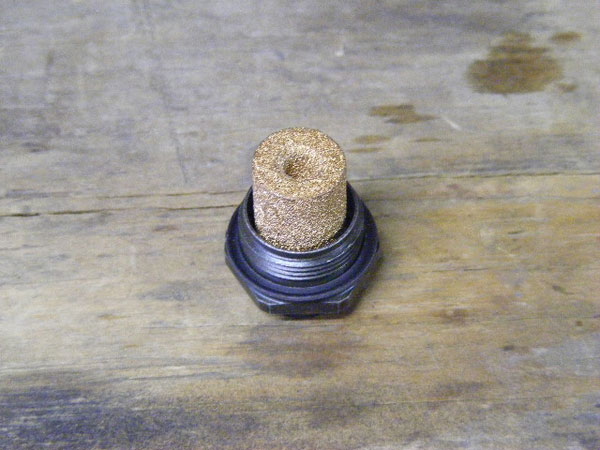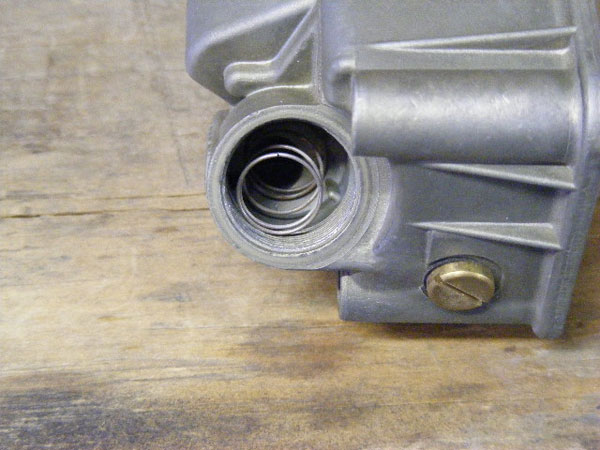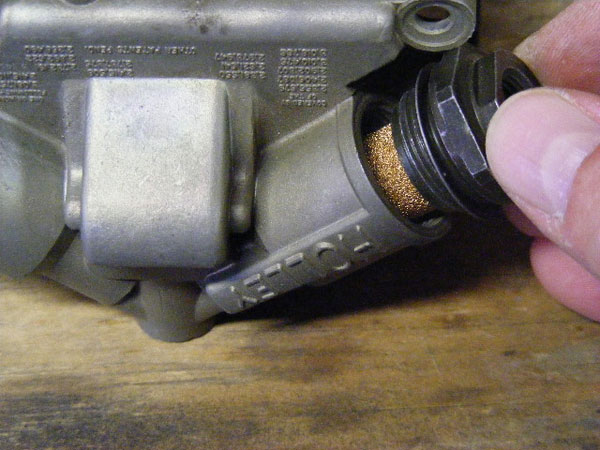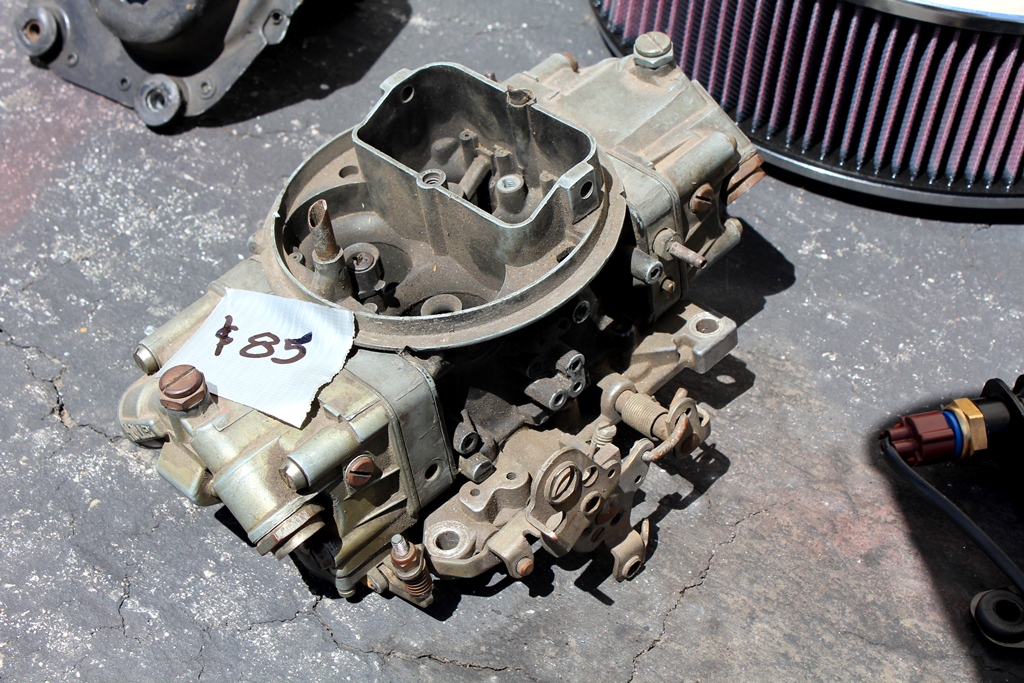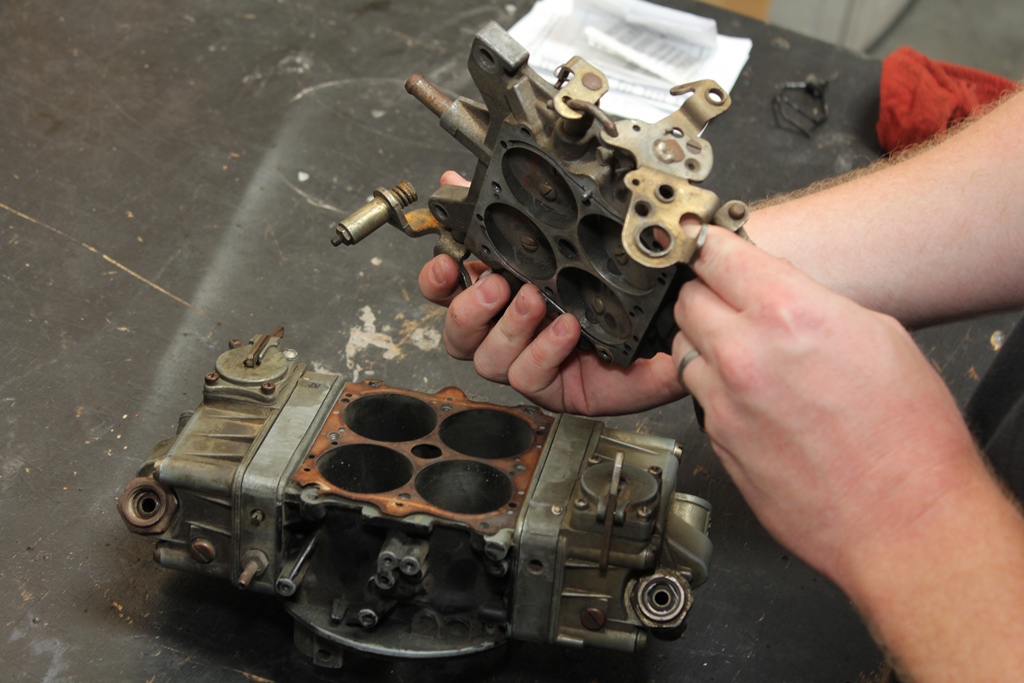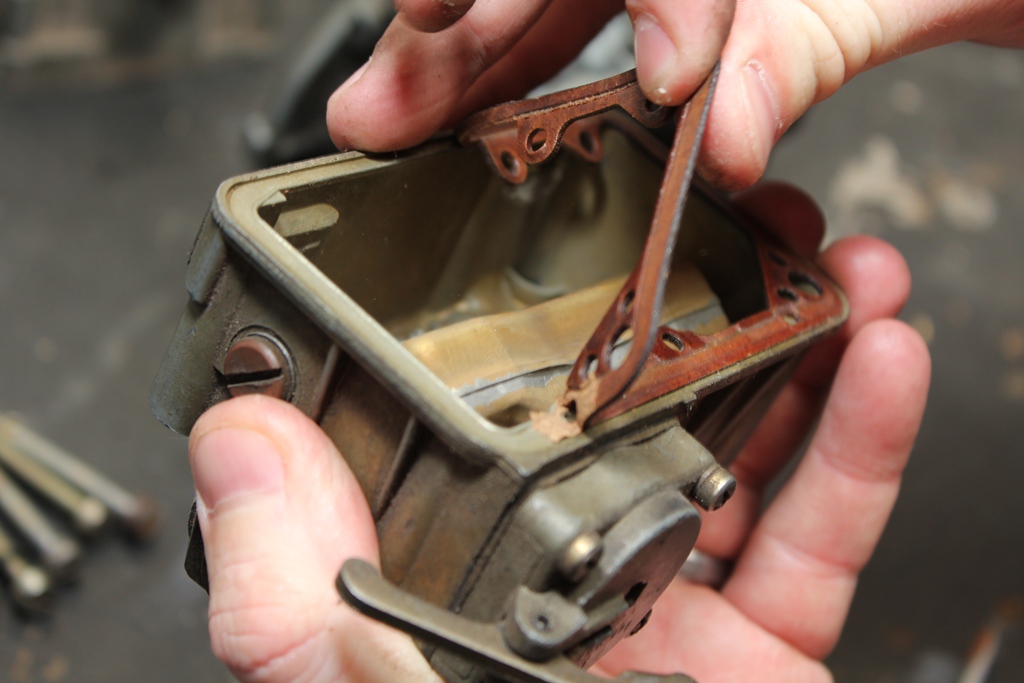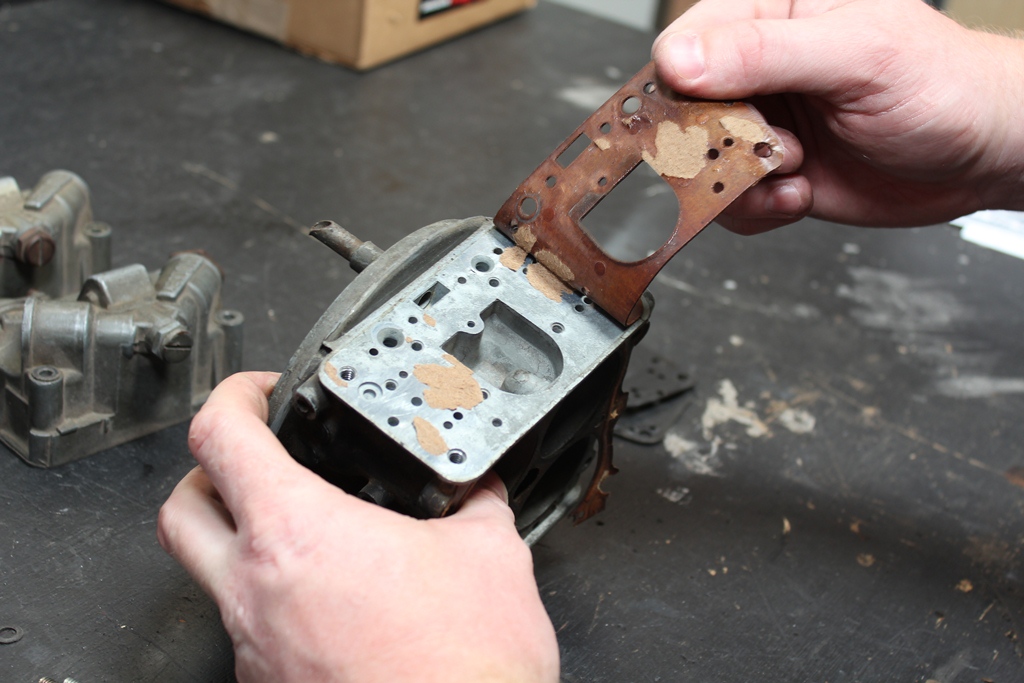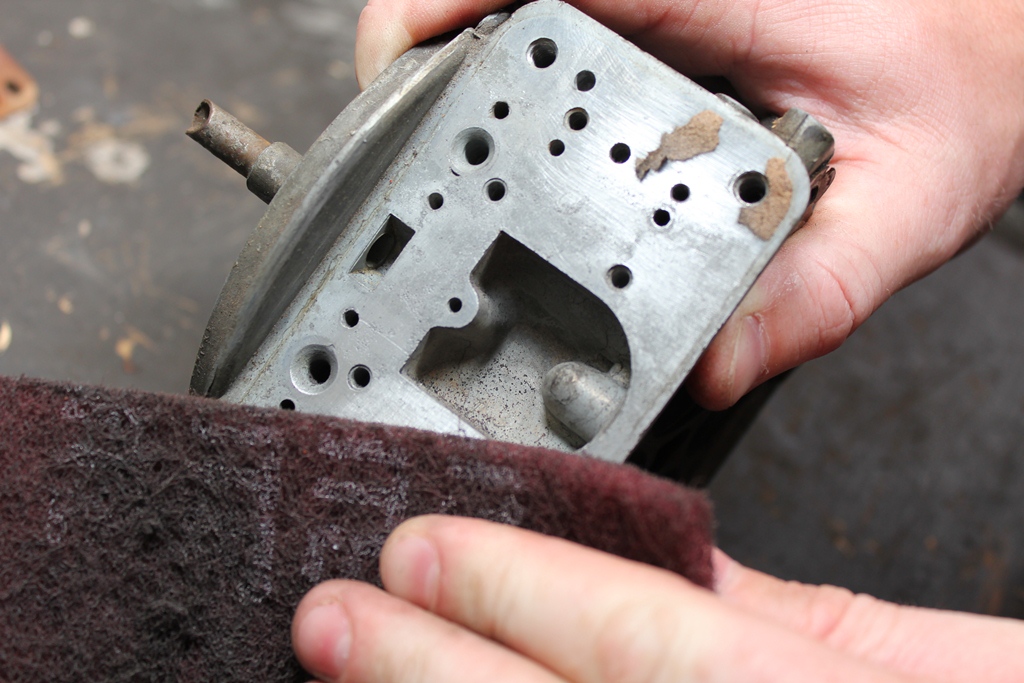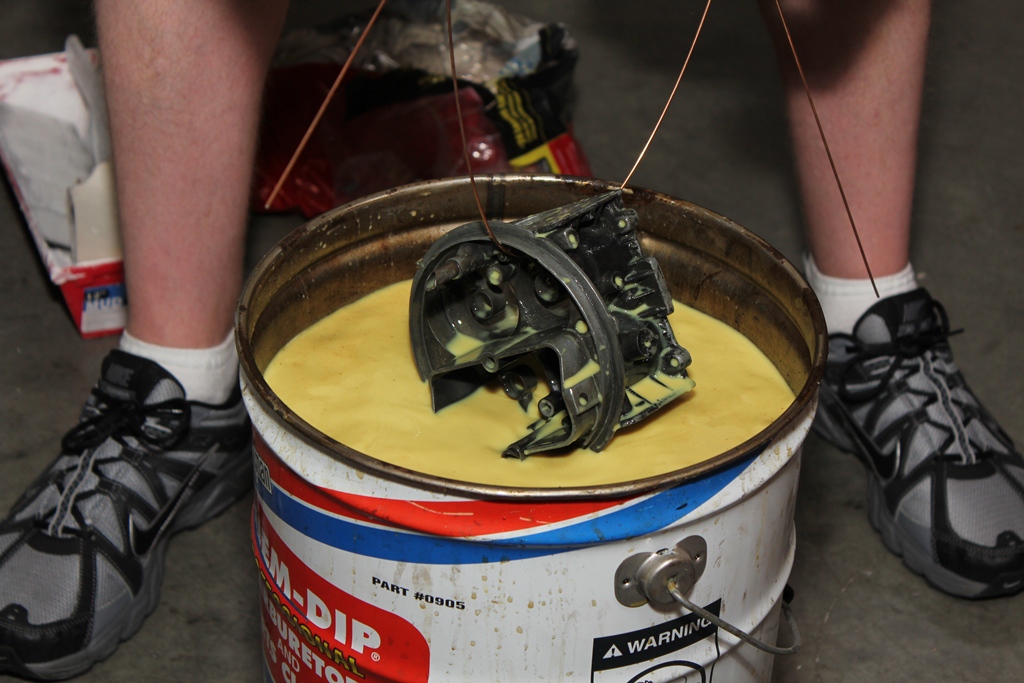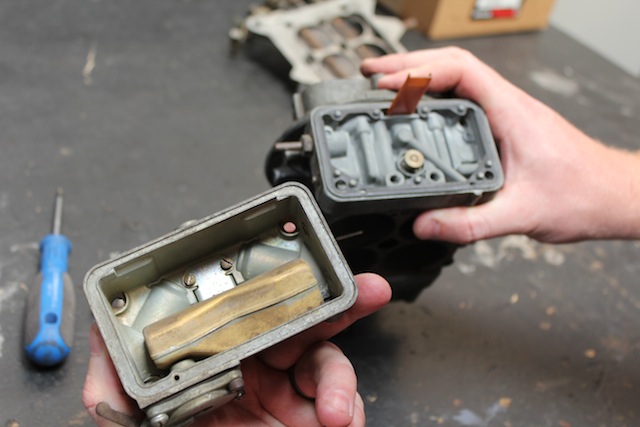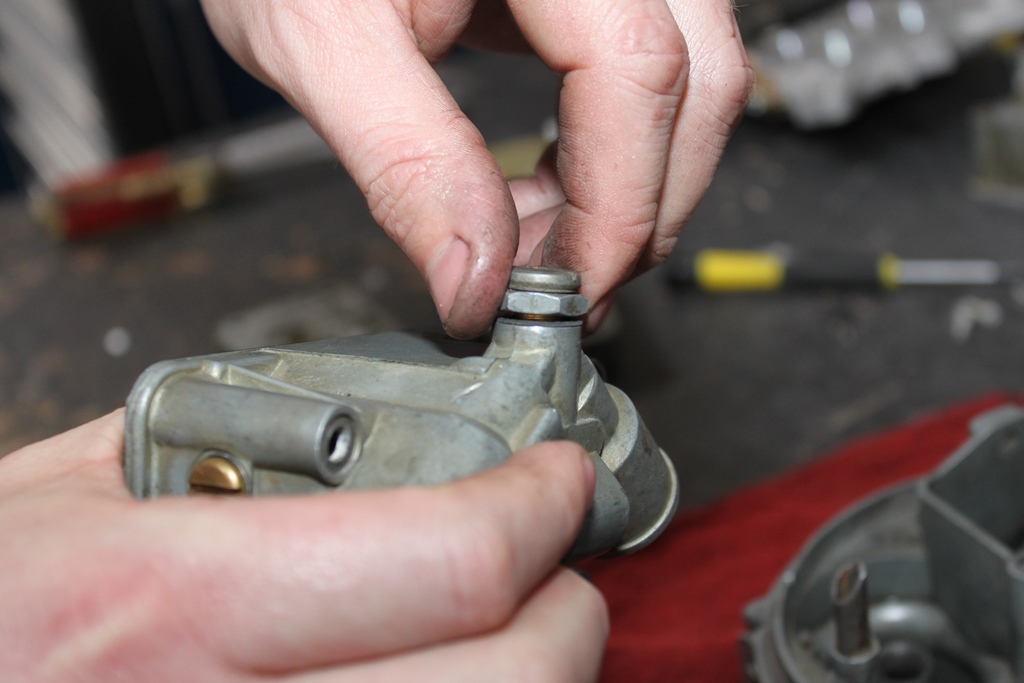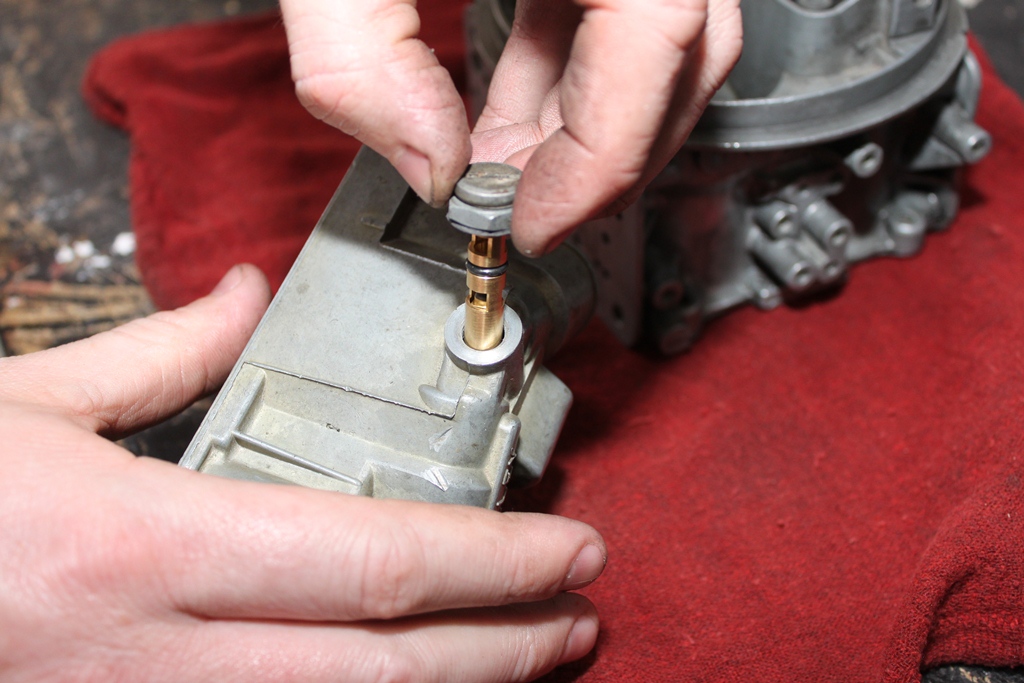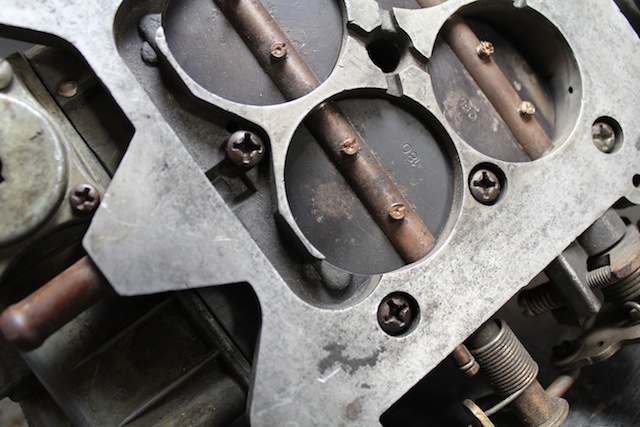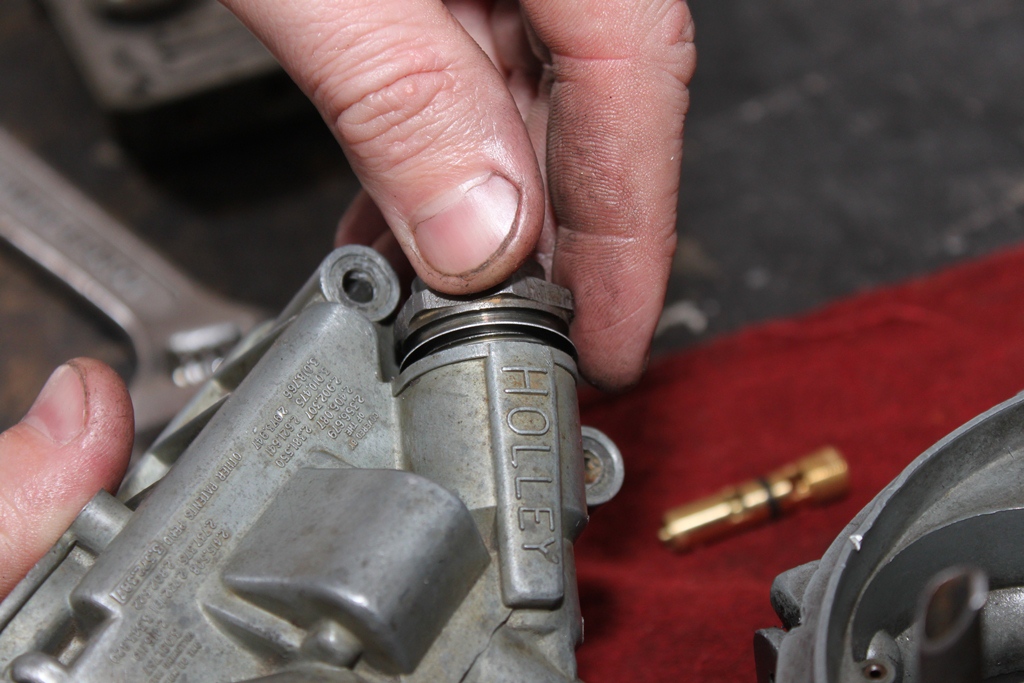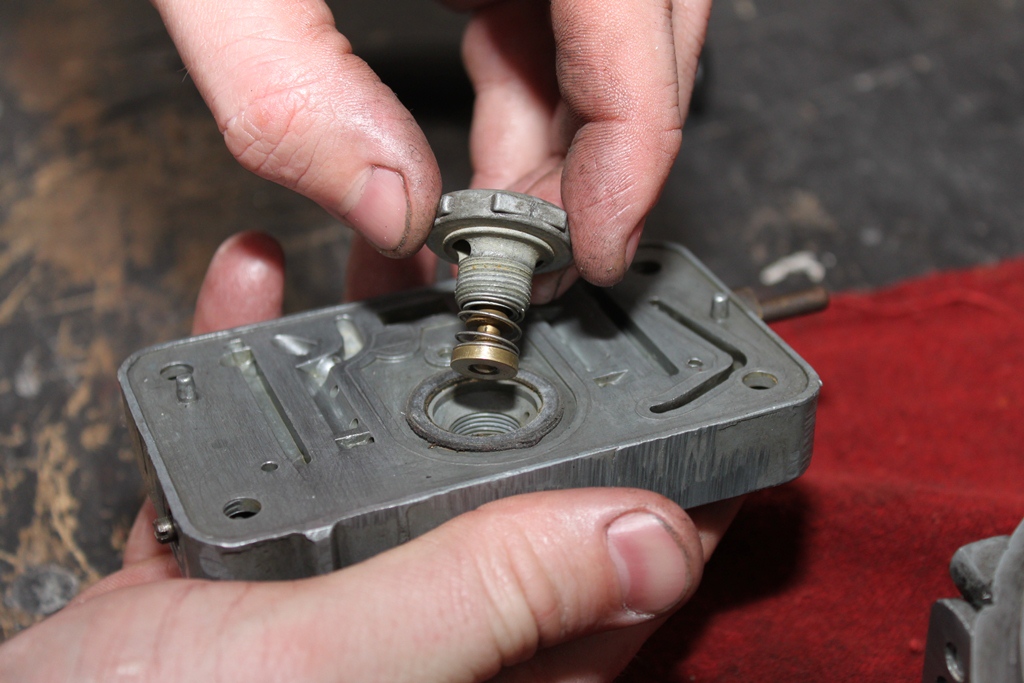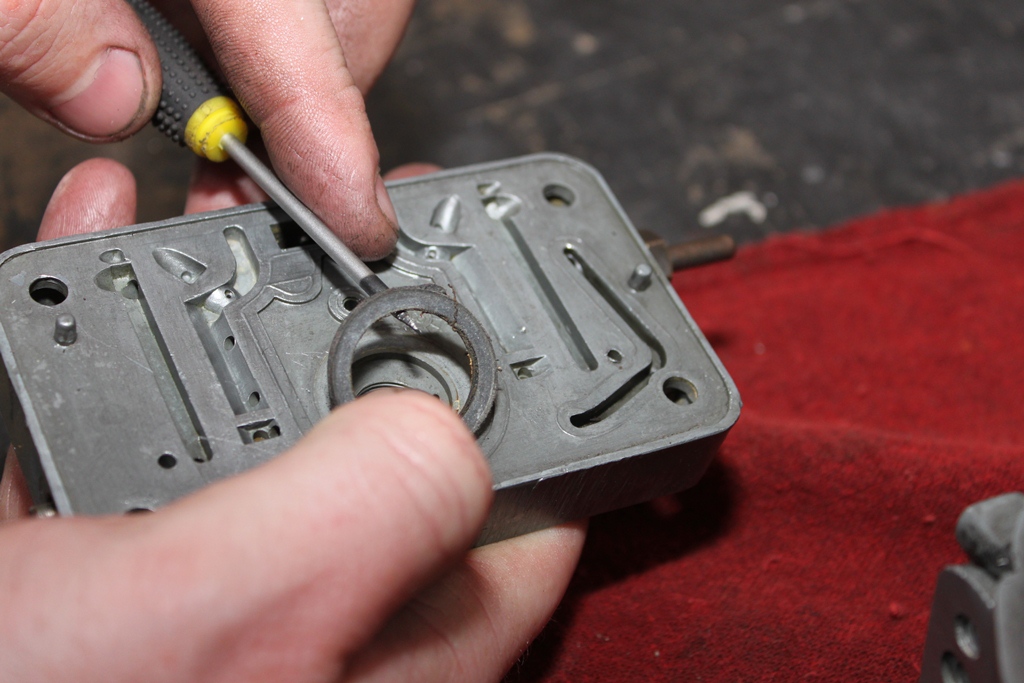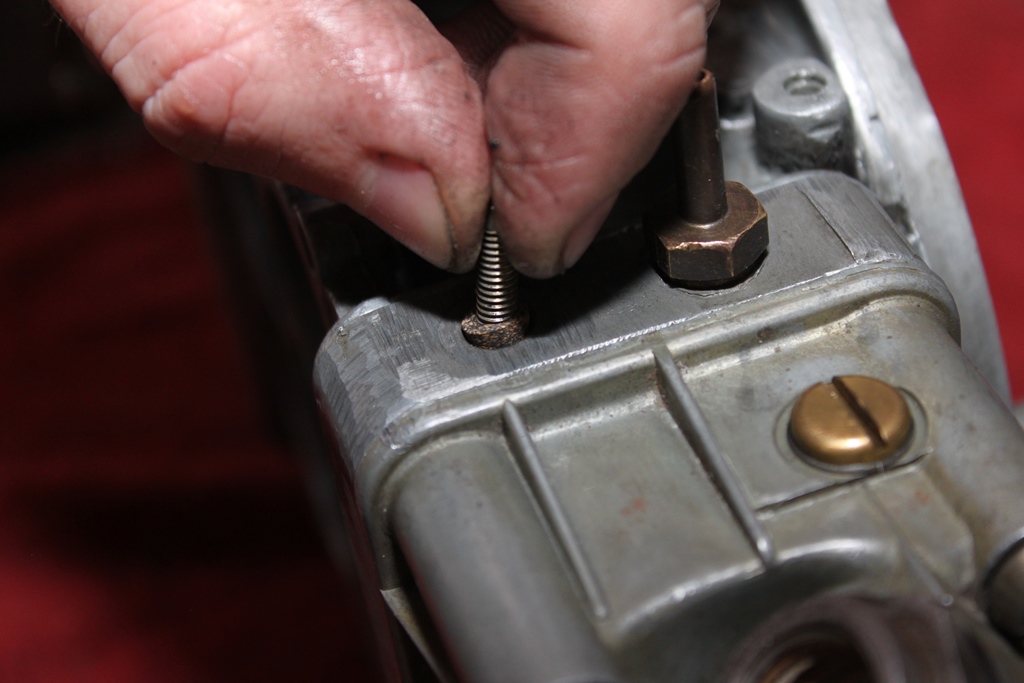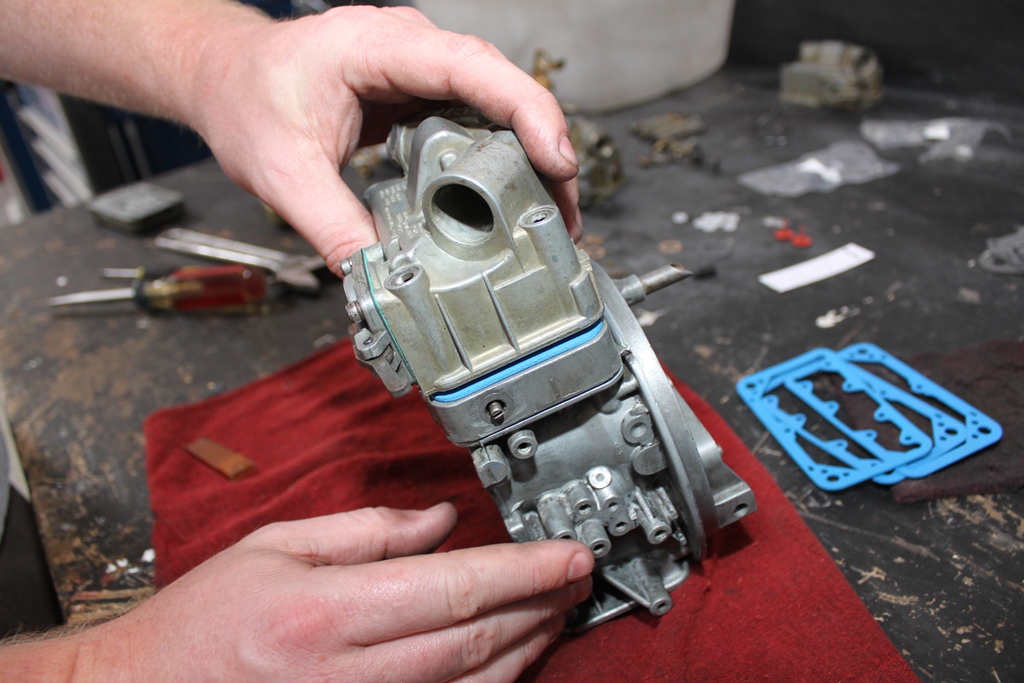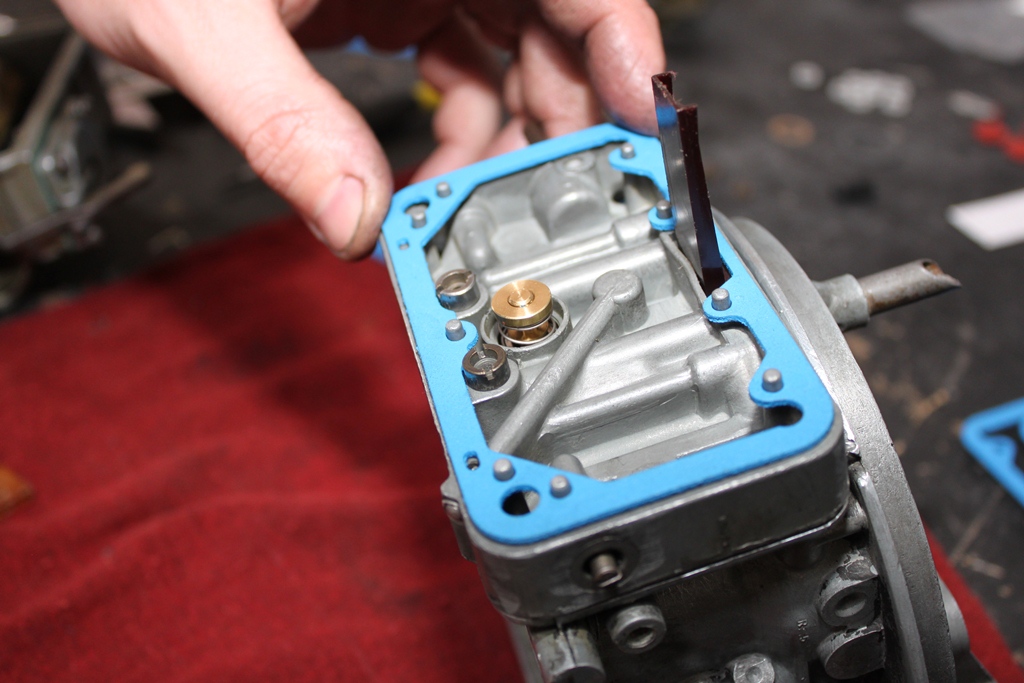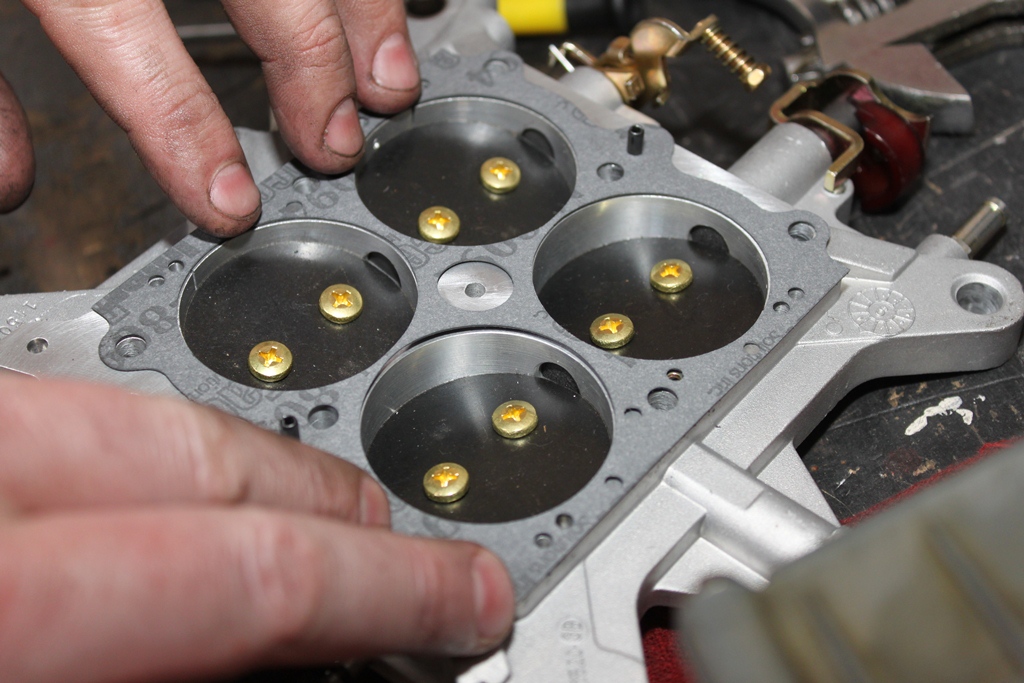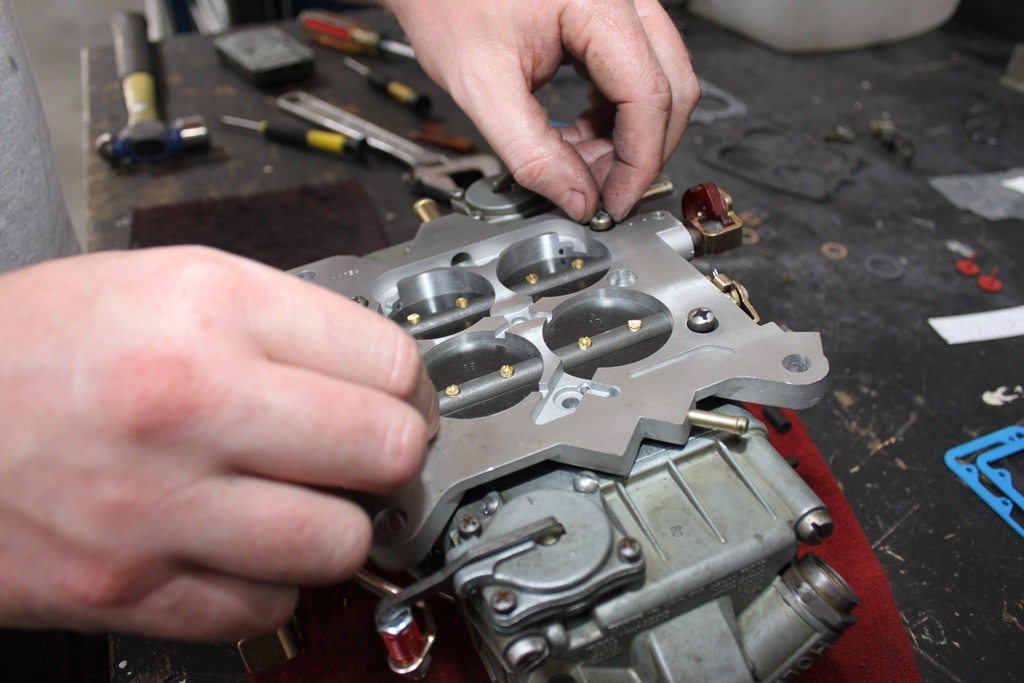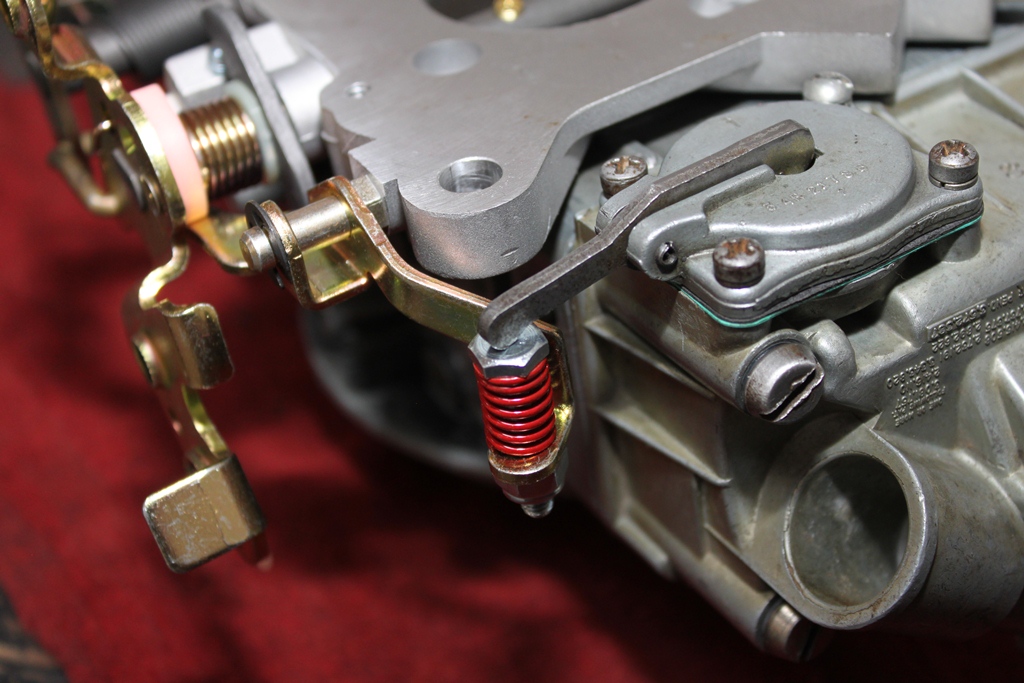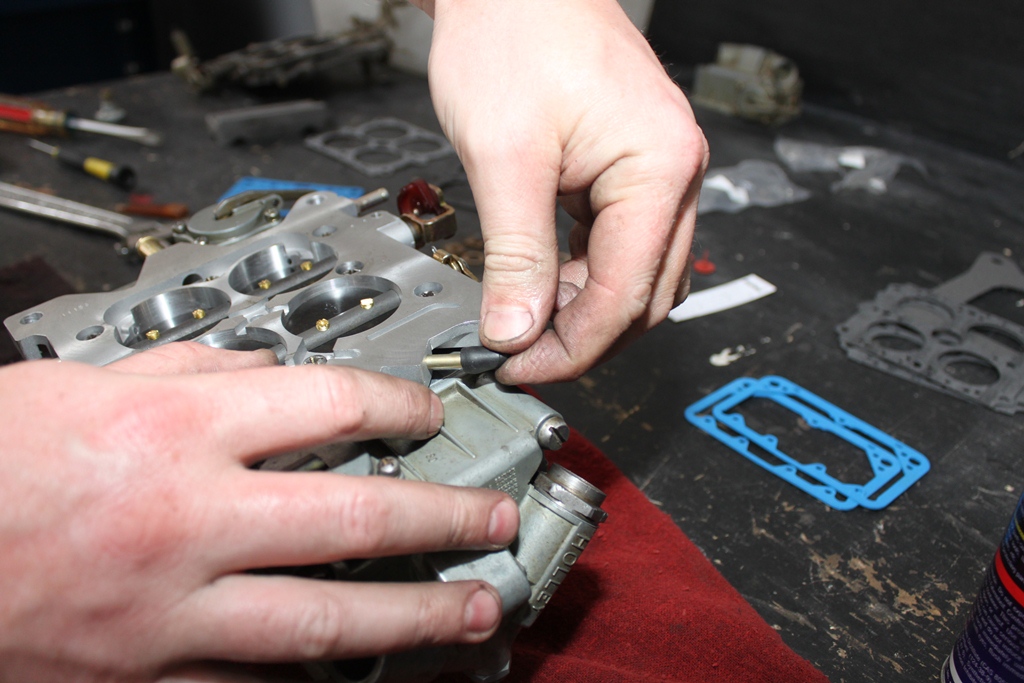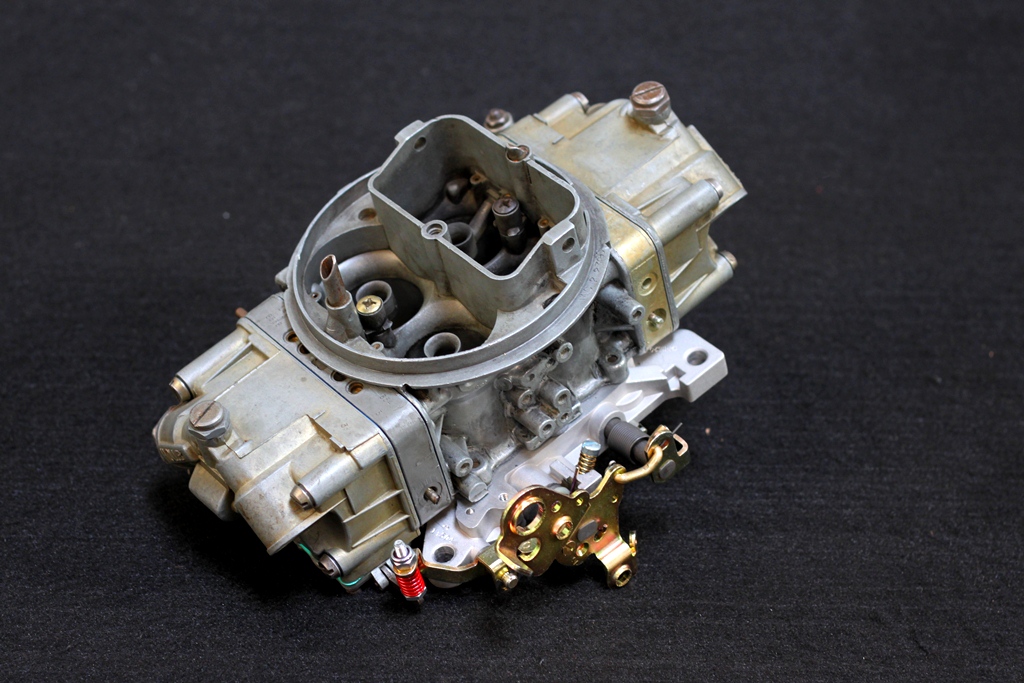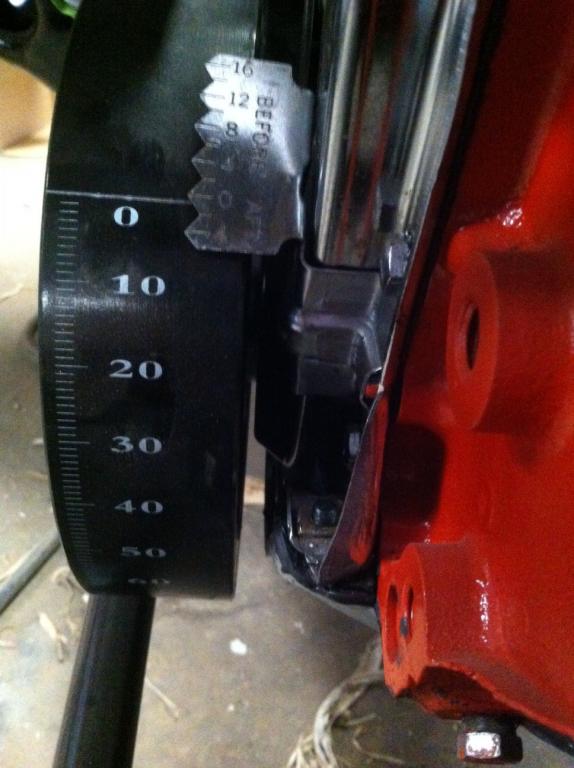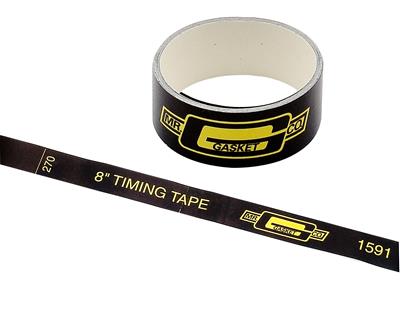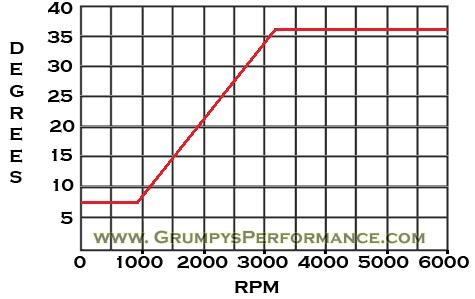yes theres lots of links, thats because theres a great deal of useful info in those links, IF YOULL TAKE THE EFFORT TO READ THRU THEM YOULL LEARN A GREAT DEAL.
Do you hate tune ups or always seem to find you spend hours and money and still never get the engine running correctly, well it takes experience and you get that only over time,if you hate tuning engines,your not alone! I really like working out the tuning intricacy's and I see so many of my friends that seem to either be totally clueless or those that would much rather drop off the car with a bottle of brandy or stop by with a case of beer and a few sub sandwiches and ask me to tweak the tune for them, which I generally will do for the cost of the jets and power valves and accelerator pumps etc required, which I generally send them to the local speed shop to pick up, that way they can get shocked at the prices and not have some silly unwarranted idea that IM some how retired early on the obscene profits, in fact a recent tune up, cost almost $240 in parts that I had the owner pick up and he saw me install those parts (plugs, rotor,distributor cap,distributor weights, ignition wire and a new coil, carb jets, and a power valve) he was very pleased with the results, stated the car felt like it picked up 50 more hp, but said if he had not personally paid for the parts and seen them installed he would have assumed that 2/3rds of that must have been labor costs.
you won,t know the answer to how well any combo runs until you do some testing and tuning with that combo, but its very likely that it should function well with minor adjustments, if the parts you select match and are properly installed.
for some reason most guys think that the constant addition of new parts solves most issues, and the truth is that the VAST majority of issues, are due to either mis-matched or improperly installed parts,or lack of tuning experience.
damn few guys ever get their car engines and drive trains functioning at near peak potential performance.
GET A FUEL PRESSURE GAUGE AND MEASURE DON,T GUESS
how can you possibly set up your fuel system unless you know the pressure and flow rates required and what currently exist's
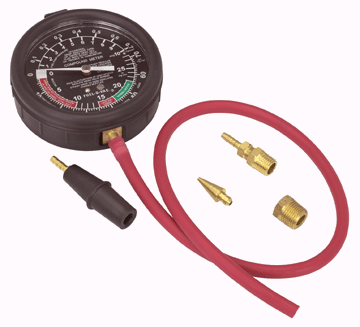
READ LINKS
http://garage.grumpysperformance.com/index.php?threads/setting-up-your-fuel-system.211/
http://garage.grumpysperformance.com/index.php?threads/fuel-pressure-regulators.635/
http://garage.grumpysperformance.com/index.php?threads/how-big-a-fuel-pump-do-you-need.1939/
http://garage.grumpysperformance.co...ss-fuel-pressure-regulators.12776/#post-65998
http://garage.grumpysperformance.com/index.php?threads/locating-vacume-leaks.882/#post-45944
http://www.prpracingproducts.com/products-page/fuel-system-accessories/fuel-pressure-regulators/
it makes no logical sense to run 1/2" or AN#8 lines to and from a pressure regulator , or fuel pump or fuel filter,with restrictive AN#6 or 3/8" lines so use a regulator and lines and fittings that all match and allow max flow with little restriction
http://www.stockcarracing.com/techartic ... index.html
http://www.stockcarracing.com/techartic ... /fuel.html
http://www.holley.com/data/TechService/ ... uretor.pdf
viewtopic.php?f=44&t=5615&p=17136#p17136
viewtopic.php?f=55&t=109
http://www.chevyhiperformance.com/howto/45798/
http://www.carcraft.com/techarticles/cc ... r_rebuild/
http://www.vintagemusclecarparts.com/pa ... seat1.html
http://www.thecarburetorshop.com/Troubleshooting.htm
http://www.chevyhiperformance.com/howto ... index.html
viewtopic.php?f=44&t=5575&p=16927#p16927
http://www.carcraft.com/techarticles/cc ... ewall.html
viewtopic.php?f=52&t=196&p=1324&hilit=+adjusting#p1324
viewtopic.php?f=80&t=728&p=1915&hilit=+sensor#p1915
http://www.corvettefever.com/techarticl ... index.html
http://www.chevyhiperformance.com/howto ... index.html
http://members.shaw.ca/corvette86/FuelS ... gnosis.pdf
viewtopic.php?f=55&t=1442
viewtopic.php?f=55&t=211
viewtopic.php?f=55&t=11030
viewtopic.php?f=55&t=264
http://econtent.autozone.com:24991/znet ... 08fdc8.gif
http://www.carcraft.com/techfaq/116_070 ... index.html
http://www.centuryperformance.com/tunin ... g-148.html
http://www.thecarburetorshop.com/Troubl ... rdstarthot
http://www.holley.com/types/Accelerator ... 0Parts.asp
http://www.stockcarracing.com/techartic ... index.html
http://www.valvoline.com/carcare/articl ... 20000718hm
http://www.shockley.net/holley-jets.asp
http://www.mortec.com/carbtip1.htm
http://www.bgsoflex.com/holley.html
http://www.summitracing.com/streetandst ... 3B3CEE8%7D
http://store.summitracing.com/partdetai ... toview=sku
http://store.summitracing.com/partdetai ... toview=sku
http://store.summitracing.com/egnsearch ... &x=49&y=13
http://www.centuryperformance.com/fueli ... g-140.html
http://www.bob2000.com/carb.htm
viewtopic.php?f=55&t=211
WHEN TESTING<be sure the fuel pressure gauge reads correctly by comparing it to a second test gauge, these fuel pressure gauges are frequently defective
read thru these, and check out the links to parts and info, I really can,t do much better in explaining this process, and duplicating some of the posted info above is rather a waste, but if your willing to read a bit youll gain a great deal of useful knowledge
Do you hate tune ups or always seem to find you spend hours and money and still never get the engine running correctly, well it takes experience and you get that only over time,if you hate tuning engines,your not alone! I really like working out the tuning intricacy's and I see so many of my friends that seem to either be totally clueless or those that would much rather drop off the car with a bottle of brandy or stop by with a case of beer and a few sub sandwiches and ask me to tweak the tune for them, which I generally will do for the cost of the jets and power valves and accelerator pumps etc required, which I generally send them to the local speed shop to pick up, that way they can get shocked at the prices and not have some silly unwarranted idea that IM some how retired early on the obscene profits, in fact a recent tune up, cost almost $240 in parts that I had the owner pick up and he saw me install those parts (plugs, rotor,distributor cap,distributor weights, ignition wire and a new coil, carb jets, and a power valve) he was very pleased with the results, stated the car felt like it picked up 50 more hp, but said if he had not personally paid for the parts and seen them installed he would have assumed that 2/3rds of that must have been labor costs.
you won,t know the answer to how well any combo runs until you do some testing and tuning with that combo, but its very likely that it should function well with minor adjustments, if the parts you select match and are properly installed.
for some reason most guys think that the constant addition of new parts solves most issues, and the truth is that the VAST majority of issues, are due to either mis-matched or improperly installed parts,or lack of tuning experience.
damn few guys ever get their car engines and drive trains functioning at near peak potential performance.
GET A FUEL PRESSURE GAUGE AND MEASURE DON,T GUESS
how can you possibly set up your fuel system unless you know the pressure and flow rates required and what currently exist's

READ LINKS
http://garage.grumpysperformance.com/index.php?threads/setting-up-your-fuel-system.211/
http://garage.grumpysperformance.com/index.php?threads/fuel-pressure-regulators.635/
http://garage.grumpysperformance.com/index.php?threads/how-big-a-fuel-pump-do-you-need.1939/
http://garage.grumpysperformance.co...ss-fuel-pressure-regulators.12776/#post-65998
http://garage.grumpysperformance.com/index.php?threads/locating-vacume-leaks.882/#post-45944
http://www.prpracingproducts.com/products-page/fuel-system-accessories/fuel-pressure-regulators/
it makes no logical sense to run 1/2" or AN#8 lines to and from a pressure regulator , or fuel pump or fuel filter,with restrictive AN#6 or 3/8" lines so use a regulator and lines and fittings that all match and allow max flow with little restriction
http://www.stockcarracing.com/techartic ... index.html
http://www.stockcarracing.com/techartic ... /fuel.html
http://www.holley.com/data/TechService/ ... uretor.pdf
viewtopic.php?f=44&t=5615&p=17136#p17136
viewtopic.php?f=55&t=109
http://www.chevyhiperformance.com/howto/45798/
http://www.carcraft.com/techarticles/cc ... r_rebuild/
http://www.vintagemusclecarparts.com/pa ... seat1.html
http://www.thecarburetorshop.com/Troubleshooting.htm
http://www.chevyhiperformance.com/howto ... index.html
viewtopic.php?f=44&t=5575&p=16927#p16927
http://www.carcraft.com/techarticles/cc ... ewall.html
viewtopic.php?f=52&t=196&p=1324&hilit=+adjusting#p1324
viewtopic.php?f=80&t=728&p=1915&hilit=+sensor#p1915
http://www.corvettefever.com/techarticl ... index.html
http://www.chevyhiperformance.com/howto ... index.html
http://members.shaw.ca/corvette86/FuelS ... gnosis.pdf
viewtopic.php?f=55&t=1442
viewtopic.php?f=55&t=211
viewtopic.php?f=55&t=11030
viewtopic.php?f=55&t=264
http://econtent.autozone.com:24991/znet ... 08fdc8.gif
http://www.carcraft.com/techfaq/116_070 ... index.html
http://www.centuryperformance.com/tunin ... g-148.html
http://www.thecarburetorshop.com/Troubl ... rdstarthot
http://www.holley.com/types/Accelerator ... 0Parts.asp
http://www.stockcarracing.com/techartic ... index.html
http://www.valvoline.com/carcare/articl ... 20000718hm
http://www.shockley.net/holley-jets.asp
http://www.mortec.com/carbtip1.htm
http://www.bgsoflex.com/holley.html
http://www.summitracing.com/streetandst ... 3B3CEE8%7D
http://store.summitracing.com/partdetai ... toview=sku
http://store.summitracing.com/partdetai ... toview=sku
http://store.summitracing.com/egnsearch ... &x=49&y=13
http://www.centuryperformance.com/fueli ... g-140.html
http://www.bob2000.com/carb.htm
viewtopic.php?f=55&t=211
WHEN TESTING<be sure the fuel pressure gauge reads correctly by comparing it to a second test gauge, these fuel pressure gauges are frequently defective
read thru these, and check out the links to parts and info, I really can,t do much better in explaining this process, and duplicating some of the posted info above is rather a waste, but if your willing to read a bit youll gain a great deal of useful knowledge
Last edited by a moderator:

